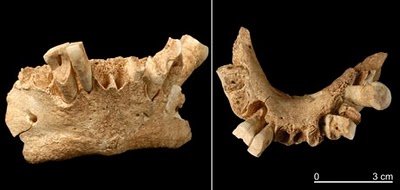Credit is a method of selling goods or services without the buyer having cash in hand. A credit card is only an automatic way of offering credit to a consumer. Today, every credit card carries an identifying number that speeds shopping transactions. Imagine what a credit purchase would be like without it, the sales person would have to record your identity, billing address, and terms of repayment.
According to Encyclopedia Britannica, "the use of credit cards originated in the United States during the 1920s, when individual firms, such as oil companies and hotel chains, began issuing them to customers." However, references to credit cards have been made as far back as 1890 in Europe. Early credit cards involved sales directly between the merchant offering the credit and credit card, and that merchant's customer.
Around 1938, companies started to accept each other's cards. Today, credit cards allow you to make purchases with countless third parties.
The Shape of Credit Cards
Credit cards were not always been made of plastic. There have been credit tokens made from metal coins, metal plates, and celluloid, metal, fiber, paper, and now mostly plastic cards.
First Bank Credit Card
The inventor of the first bank issued credit card was John Biggins of the Flatbush National Bank of Brooklyn in New York. In 1946, Biggins invented the "Charge-It" program between bank customers and local merchants. Merchants could deposit sales slips into the bank and the bank billed the customer who used the card.
Diners Club Credit Card
In 1950, the Diners Club issued their credit card in the United States. The Diners Club credit card was invented by Diners' Club founder Frank McNamara and it was intended to pay restaurant bills. A customer could eat without cash at any restaurant that would accept Diners' Club credit cards. Diners' Club would pay the restaurant and the credit card holder would repay Diners' Club. The Diners Club card was at first technically a charge card rather than a credit card since the customer had to repay the entire amount when billed by Diners Club.
American Express issued their first credit card in 1958. Bank of America issued the BankAmericard (now Visa) bank credit card later in 1958.
The Popularity of Credit Cards
Credit cards were first promoted to traveling salesmen (more common in that era) for use on the road. By the early 1960s, more companies offered credit cards, advertising them as a time-saving device rather than a form of credit. American Express and MasterCard became huge successes overnight.
By the mid-'70s, the U.S. Congress begin regulating the credit card industry by banning such practices as the mass mailing of active credit cards to those who had not requested them. However, not all regulations have been as consumer friendly. In 1996, the U.S. Supreme Court in Smiley vs. Citibank lifted restrictions on the amount of late penalty fees a credit card company could charge. Deregulation has also allowed very high interest rates to be charged.
Source
